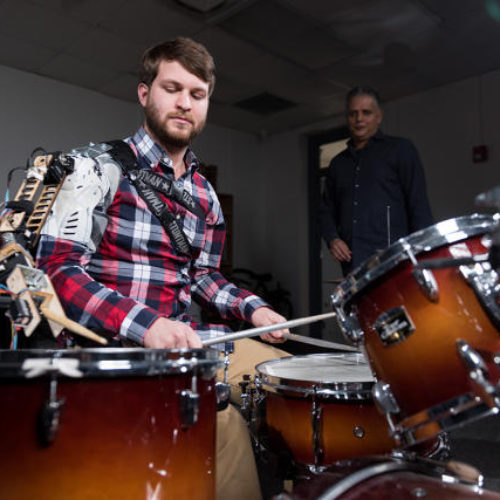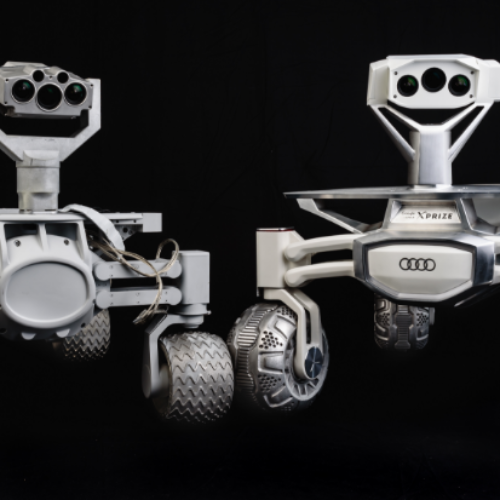Hexa, The Robot Plant Designed to Chase the Sun
Researchers in robotics have looked at the topic of “how can we maximize plant growth?” and they have come up with a very exciting answer. Although plants are obviously naturally inclined to follow wherever the sun goes, these movements are very slow along with the plant being completely stationary when it comes to actual movement.
What is the Hexa?
The question they asked themselves was “what if these plants had legs to help them follow the light?”. Well, now they can. Hexa is the newest idea brought to life by Beijing-based Vincross. It utilizes six different legs with 19 servos, a customizable interactive OS, and infrared 720p cameras. The company’s website states it can see a Hexa on mars in the future being used to help plant growth. The man who primarily developed it was Sun Tianqi who has said “an installation project of a walking succulent plant” when describing the Hexa. Tianqi also recounted, “In 2014, I went to see a sunflower exhibition, and found myself focused on a dead sunflower near a ground of blooms. The dead flower sat in a place that was always in a shadow…. I thought if it could move a little bit, take a 30-feet walk out of the shadow to where the other sunflowers were, it would have lived healthily”.
The device has a dual layer flowerpot replacing the normal plastic shell. The bot can move towards any source of light it detects but most importantly obviously the sun, along with being able to spin. It is also capable of signaling when it needs watering and “when it’s happy”. There is a lot of work going around on the topic of plants due to all the worries that have arisen recently about plant life and life in general on earth. For example, a Salk Institute doctor is currently working on modifying plants to be able to absorb higher amounts of carbon dioxide, which would obviously greatly benefit the earth. Although few are as cool as a six-legged walking plant, the future of modified plants does look extremely bright, and it might have huge benefits for the safety of the human race in the future.
It seems that this is just one use for Hexa, it could also be used in many other ways.
Hexa In the Home
So what would these little guys be like in and around your homes? Well, it would all depend on the quantity of them but they would most likely not be very intrusive into everyday life, except for the occasional sighting of them in an unusual location they would likely stick to similar areas. The potential problems arise when children and pets are taken into consideration. Imagine for a moment a dog, which already will chase the slightest noise, with a six-legged plant walking around the house, it may prove difficult to keep them away from the plant and prevent them from damaging the Hexa. The same goes for children, as it would be safe to assume that they would view it as a sort of toy. Will they come up with a solution? We shall see.
You might also like
Robotic arm for drummers – new flavor of beats
A third, robotic arm for drummers can listen to the music and add creative beats of its own! Using microphones and sensors on the drums, the robotic arm knows what
The New AI For Chores In The Home
What Is A Virtual Home? The Virtual Home is new software that is being developed by the MIT Robotics Team at the University of Toronto, a new AI for chores
Is That A Robot In The Elevator?
If you are wondering if that is a robot your saw in the elevator, we can say “Yes it is”. There is now a robot that can clean an office



